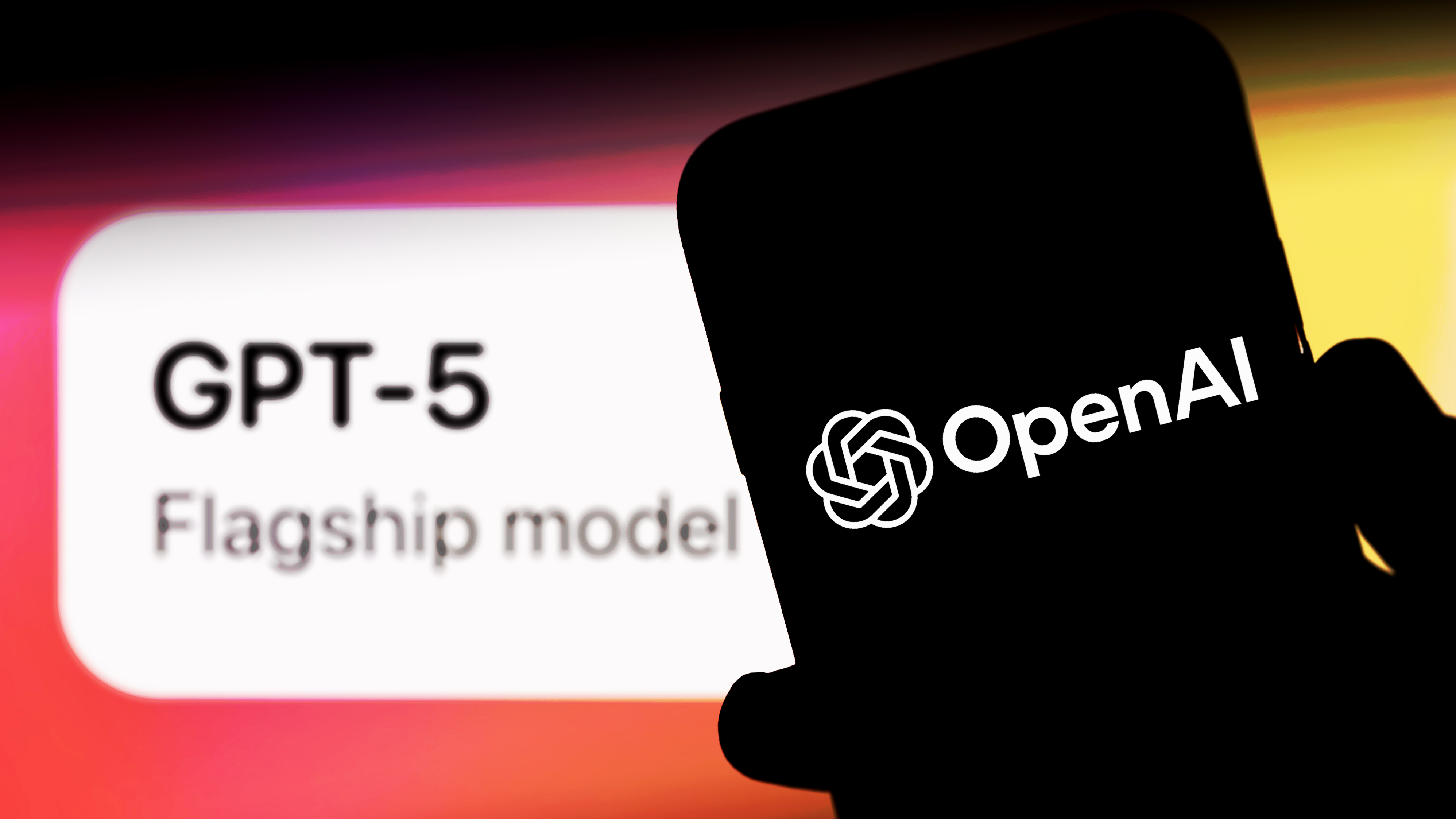During the recent unveiling of GPT-5 by OpenAI, the spotlight seemed to shine on Google products, particularly how they integrate with ChatGPT through Gmail and Google Calendar integration. With this link, GPT-5 pulls relevant details from your emails and calendar events to assist in daily planning.
However, what many might overlook is that GPT-5 also integrates smoothly with Microsoft services such as Teams and GitHub, among others.
For those eager to dive deeper, OpenAI has provided a complete list of the new integration options available with GPT-5.
Which services you can connect to is based on what subscription plan you’re on:
- ChatGPT Plus: Ability to link to Box, Canva, Dropbox, HubSpot, Notion, Microsoft SharePoint, and Microsoft Teams
- ChatGPT Pro: Integrates with Microsoft Teams and GitHub
It’s important to note that even with a paid plan, some users in the EEA, Switzerland, and the UK won’t have access to these integrations.
Connections started rolling out in beta as of August 11, and OpenAI confirms that eligible accounts should be able to access these features now or shortly.
To activate these integrations, go to Settings > Connectors > Connect in your ChatGPT app.
Understanding GPT-5

GPT-5 is the latest offering from OpenAI, touted as possibly the “smartest model yet” by CEO Sam Altman pre-launch.
During the official announcement, the comparison was made that GPT-5 provides the intelligence of a team filled with PhDs right in your pocket.
While benchmarks reflect that GPT-5 outperforms previous models as well as competitors in various areas, users have highlighted a difference in its personality, often describing it as colder.
Like any new technology, it’s not without its issues; users have identified bugs and glitches. A notable problem is that it often forgets previous pieces of information throughout an ongoing conversation.
The launch of GPT-5 seems to have divided opinions within the AI community; some folks have taken to Reddit to mourn what they considered a companion in GPT-4, expressing feelings of loss. Conversely, others emphasize that shifts like this reflect issues in how people relate to AI.
A common thread among differing opinions is that many feel GPT-5 has slowed down or affected performance negatively on creative tasks. Users have voiced that GPT-5 is lacking when it comes to creativity.
From my use of both GPT-5 and GPT-4, I can relate to the criticisms. I’ve found the new model less responsive to guidance, and it’s not as adept at shifting its tone or remembering details shared a short time ago.
Fortunately, OpenAI has the ability to improve GPT-5 over time without needing a brand new release, so it’s likely we’ll see improvements down the line, especially for creative tasks.
The discourse around GPT-5 seems to reveal two distinct groups emerging: those using it for coding or formal work are generally positive, while those leveraging it for creativity are more critical.
As the updates continue to come in, it may take a while for us to fully assess GPT-5’s potential.
Recent Updates on GPT-5

Only a week after its debut, GPT-5 has already seen substantial adjustments.
Now, users have the flexibility to choose between modes like “Auto,” “Fast,” and “Thinking” when working with GPT-5. This change addresses a major complaint shared by ChatGPT users following the model’s launch.
Several variants of GPT-5 are available, including gpt-5, gpt-5-mini, gpt-5-nano, and gpt-5-chat. At start, GPT-5 automatically selected the appropriate version based on the task complexity.
For instance, it would utilize simpler models for straightforward questions but resort to more complex offerings for intricate inquiries.
This automatic selection faced criticism because responses ended up shorter compared to what GPT-4o would typically deliver for the same queries.
OpenAI suggests that most users should keep GPT-5 in auto mode, but there’s newfound freedom to switch up modes as desired.
Additionally, usage limits for those on ChatGPT Plus plans have been consecutively raised. Plus subscribers can now send a total of 3,000 messages per week using GPT-5 Thinking, along with “extra capacity” for the mini version of GPT-Thinking beyond that limit.
Paid customers also enjoy choices across multiple models, including legacy options. Following complaints over the discontinuation of earlier models, OpenAI reintroduced GPT-4o, although its use now hinges upon having a paid plan in ChatGPT.
If you happen to need GPT-5 without charge, it is accessible via Microsoft Copilot.
















